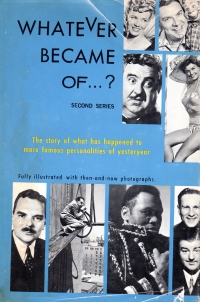 I mentioned I was reading this book, and now I have completed it.
I mentioned I was reading this book, and now I have completed it.
As I said last week:
I hate to get ahead of my book report here, but it tells stories of famous people from the 1920s to the 1950s and where they are now (in the case of this, the second book, it’s 1968). I mean, these are mostly B and C celebrities from the era, movie and theater stars and athletes who had a brief run at the top. By 2019, one would ask “Who were these people in the first place?”
I find it very interesting because it’s showing that there’s nothing new under the sun. Many of these people have story arcs that match modern celebrities, with multiple divorces and different attempts to come back into the spotlight. But we in the twenty-frst century think we invented all of this stuff, and so many of these people have done it before.
I could stand pretty much on that as my book report, honestly. But the book was more compelling than that: it told me of a world, particularly an entertainment world, that one only glimpses sometimes in Lileks’ work. I recognized very few of the actors and actresses listed, and I recognized almost none of the movies or television programs they starred in. And I fancy myself something of a fan of old black-and-white films. So I’ve resolved to watch at the very least the ones I have in my catalog.
I learned a little more about stars from television programs I barely remember from my childhood (The Bowery Boys’ Leo Gorcey, Our Gang‘s Darla Hood) and the circumstances under which the shows were filmed. (Hey, did you realize that the new The Little Rascals film is twenty-five years old this year? Where are they now?)
I also want to postulate that the old studio system made the rags-to-riches-to-modest living storyline that appears over and over in this book possible, but that would be a facile assertion easily disproven by the A Different World star works at Trader Joe’s thing. So I guess it’s more human nature than anything else; the real story is that stars of our yesterday had more money to blow in their heydey before they came back down to earth (although maybe not Geoffrey Owens).
I also want to postulate that cable television (and now streaming outlets), the Internet, and reality television shows have made it so that actors and celebrities who don’t want to fade away or return to obscurity instead can just keep plugging along at substinence level (both monetarily and in ego gratification) almost indefinitely, and plastic surgery can ensure that they continue to look young or plastic until they die. But that’s a lot of thesis to defend based on 102 brief celebrity profiles from fifty(!) years ago and my own curmudgeonly nature.
So I’ll spare you the postulates.
At any rate, I hope I can remember some of the trivia that I’ve learned in this book (Morton Downey, Sr., was a singer and radio personality; the only man to win two Oscars for the same role was Harold Russell for his role in The Best Years of Our Lives). At the very least, I’ll get a couple blog posts out of it.
Apparently, this book is part of a series that ran for over a decade and ten or more volumes in those days before the Internet. If I come across them in the wild, I’ll surely pick them up, although I wouldn’t be eager to read a whole bunch of them in a row.
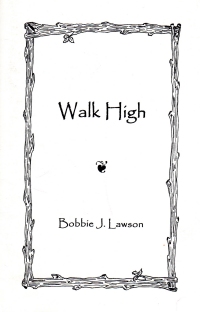 This book is a chapbook of poetry written by an elderly woman in the twentieth century. The book itself is not dated, but one of the poems says now in ’91, and there’s a prose story that praises one of Lawson’s relatives that is dated 1998. I cannot find any information about the author or this book on the Internet, so you’ll have to trust me that it exists at all.
This book is a chapbook of poetry written by an elderly woman in the twentieth century. The book itself is not dated, but one of the poems says now in ’91, and there’s a prose story that praises one of Lawson’s relatives that is dated 1998. I cannot find any information about the author or this book on the Internet, so you’ll have to trust me that it exists at all.


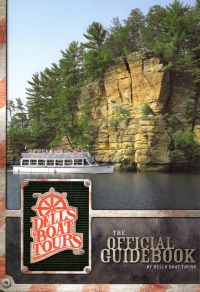 It’s kind of funny: I read tourist guidebooks for places I have not visited (such as
It’s kind of funny: I read tourist guidebooks for places I have not visited (such as 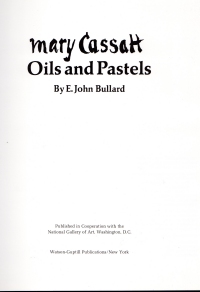 This is the second of the two books I bought about Cassatt
This is the second of the two books I bought about Cassatt 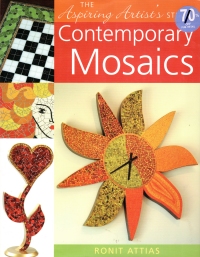 This is one of the two “art” books I bought for a buck
This is one of the two “art” books I bought for a buck 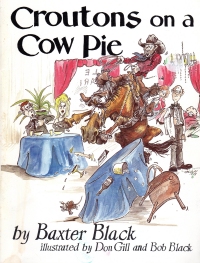 My first exposure to Baxter Black was a folksy column that ran weekly in the Republic Monitor, the weekly paper in the next town over, when I first moved to southwest Missouri. He talked about being a cowboy and humorous anecdotes about the same. However, the paper dropped the column some years ago, likely as a cost-saving move. Or perhaps Baxter retired.
My first exposure to Baxter Black was a folksy column that ran weekly in the Republic Monitor, the weekly paper in the next town over, when I first moved to southwest Missouri. He talked about being a cowboy and humorous anecdotes about the same. However, the paper dropped the column some years ago, likely as a cost-saving move. Or perhaps Baxter retired.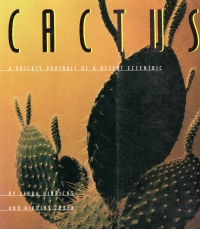 I bought this book
I bought this book 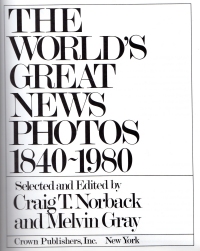 Well, those boys have done it to me again. Like Ron Burgandy finding a question mark on his teleprompter, if I find a book on the table beside the sofa, I must read it. Even if I have already read it. In this case, I read this book
Well, those boys have done it to me again. Like Ron Burgandy finding a question mark on his teleprompter, if I find a book on the table beside the sofa, I must read it. Even if I have already read it. In this case, I read this book 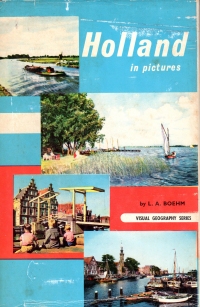 This volume is part of a series called Visual Geography Series which includes a number of foreign countries and Alaska and Hawaii. It’s got a color cover, but the interior photographs and maps are in black and white. It’s the second printing, though, so someone bought them.
This volume is part of a series called Visual Geography Series which includes a number of foreign countries and Alaska and Hawaii. It’s got a color cover, but the interior photographs and maps are in black and white. It’s the second printing, though, so someone bought them.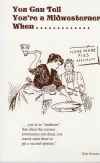 Apparently, I already read this book
Apparently, I already read this book 
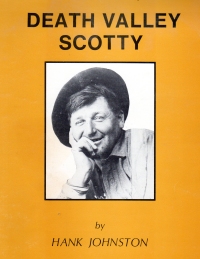 This book has all the hallmarks of a tourist pickup book: It’s thin but it’s large, which makes it a good size for pictures, and it has a narrow scope.
This book has all the hallmarks of a tourist pickup book: It’s thin but it’s large, which makes it a good size for pictures, and it has a narrow scope.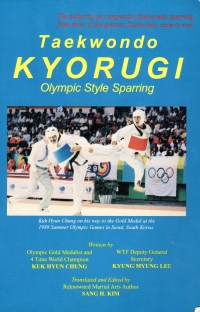 I don’t really consider myself a martial artist, even though I have studied at a Satori martial arts school for five years and have considered trying out another martial art style “for fun.” I mean, some of the people who study with me are at the school three or four days a week, take teaching positions, and are really into it. I just show up from time to time and punch things.
I don’t really consider myself a martial artist, even though I have studied at a Satori martial arts school for five years and have considered trying out another martial art style “for fun.” I mean, some of the people who study with me are at the school three or four days a week, take teaching positions, and are really into it. I just show up from time to time and punch things.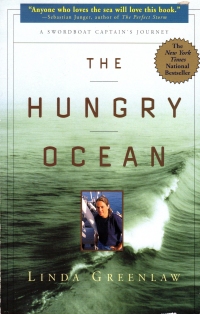 I just bought Greenlaw’s
I just bought Greenlaw’s 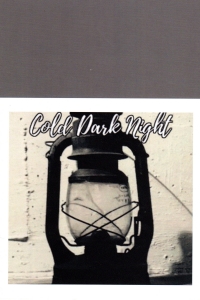 I bought this book at ABC Books
I bought this book at ABC Books 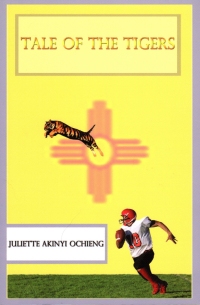 I must have bought
I must have bought  I bought this book for a buck
I bought this book for a buck 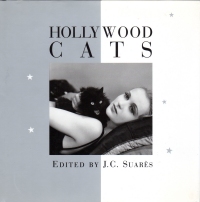 I’ve been haunting the antique malls the last couple of weeks, looking for gifts for different people, and I’d seen something I thought I would pick up last Sunday at Ozark Treasures, a cat-themed game, and I thought it would be good for a friend, but we’ve already taken care of that particular friend this year, so I let it go. But I thought of another friend it would be perfect for, so I returned Friday to look for it. But I didn’t find it. Instead, I picked up this book, which is also cat-themed and would be a good gift for either of the aforementioned friends. But in a stunning turn of events, I decided to keep it because I also like cats.
I’ve been haunting the antique malls the last couple of weeks, looking for gifts for different people, and I’d seen something I thought I would pick up last Sunday at Ozark Treasures, a cat-themed game, and I thought it would be good for a friend, but we’ve already taken care of that particular friend this year, so I let it go. But I thought of another friend it would be perfect for, so I returned Friday to look for it. But I didn’t find it. Instead, I picked up this book, which is also cat-themed and would be a good gift for either of the aforementioned friends. But in a stunning turn of events, I decided to keep it because I also like cats.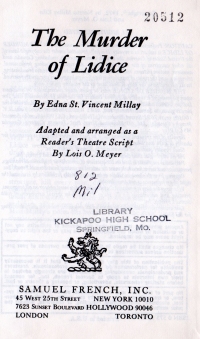 I might have read this in another form before (I have read
I might have read this in another form before (I have read 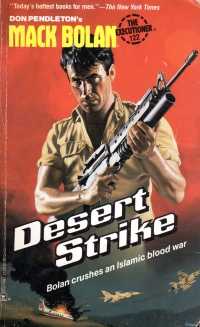 This book isn’t a complete waste of time, which was the wish I expressed in the report for
This book isn’t a complete waste of time, which was the wish I expressed in the report for 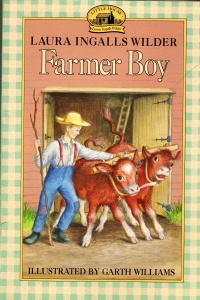 Wow, how time flies. It’s been September since I read
Wow, how time flies. It’s been September since I read